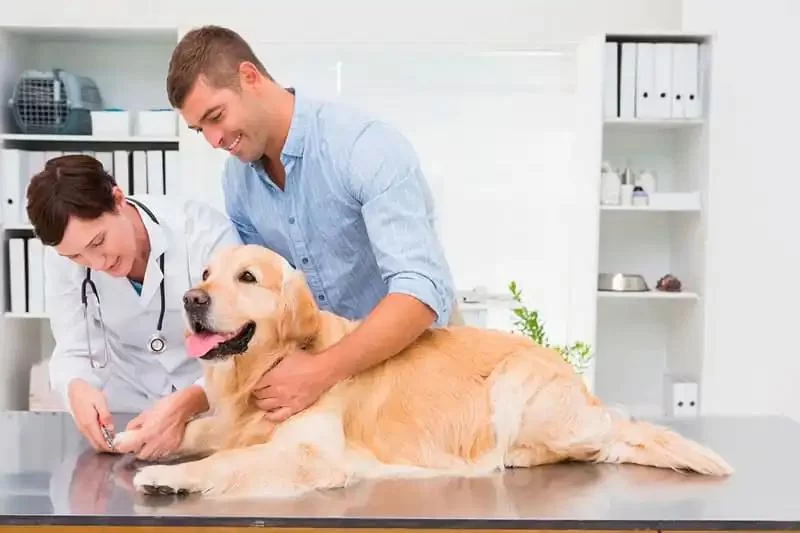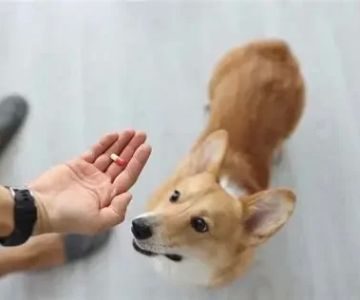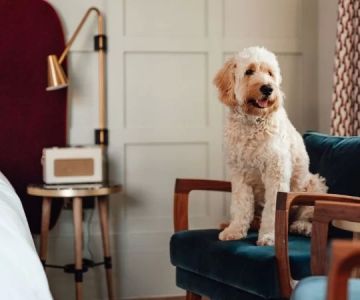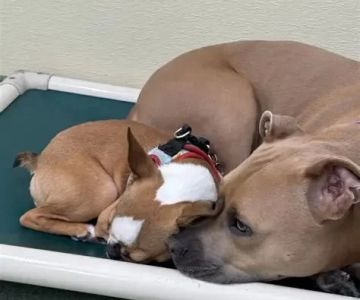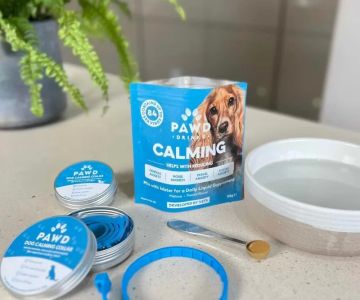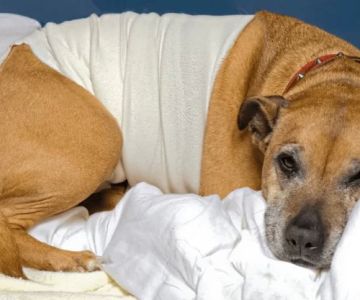Top Tips for Keeping Your Dog Calm at the Vet
As a dog owner, I know how stressful it can be to take your furry friend to the vet. My dog, Max, used to dread visits to the vet. His anxiety was through the roof — barking, shaking, and even trying to hide under the chairs. But after some trial and error, I discovered several tips that worked wonders to help him stay calm during vet appointments. In this article, I’ll share my top strategies that have made all the difference, not only for Max but for other dogs too. Let’s dive in!
1. Preparing Your Dog for the Vet Visit
Preparation is key. The first step in reducing your dog's anxiety is familiarizing them with the vet's office. I remember the first time Max and I walked into the clinic, and he immediately started acting nervous. Now, I make it a point to take him there before his actual appointment. I’ll take him for a walk around the parking lot and even allow him to sniff around the waiting area if the staff allows it. This helps reduce the shock factor when it's time for the actual visit.
Additionally, take time to practice getting into the car and driving to different places, not just the vet. This helps your dog associate car rides with positive experiences and reduces the anxiety that might come from being put into the car for a vet visit.
2. Make the Car Ride Comfortable
If your dog experiences car anxiety, it can make the whole vet visit much worse. For Max, I found that playing calming music during the car ride helps. I also use a dog seatbelt to ensure he's safe and comfortable during the journey. On the way to the vet, I avoid sudden stops or sharp turns, which can cause stress, and instead, try to maintain a calm, steady pace.
Another tip is to avoid feeding your dog a large meal before the vet visit. A full stomach can lead to discomfort, especially if your dog gets motion sickness. A small snack before the trip is a good idea, but avoid overfeeding.
3. Choose the Right Time for the Appointment
When scheduling your vet appointment, try to pick a time when the clinic is less crowded. This helps reduce the number of stimuli and distractions your dog will face. For example, I try to schedule Max's appointments early in the morning when the clinic is typically less busy. This way, Max doesn't get overwhelmed by barking dogs or the hectic energy of a full waiting room.
4. Bring Your Dog’s Favorite Items
Just like us, dogs feel comforted by familiar items. I always bring along Max's favorite blanket or toy to help him feel more at ease during the visit. Some vet offices even allow you to bring your dog's bed, which can be a great way to create a more familiar and calming environment. Having something familiar nearby can help your dog feel less anxious and more secure during their visit.
5. Stay Calm Yourself
It might sound simple, but dogs are very sensitive to our emotions. If you’re nervous, your dog is likely to pick up on that energy. During Max’s first vet visit, I found that staying calm and speaking in a soothing voice helped him stay calmer. When I stayed relaxed, he seemed to follow my lead. It's important to keep a positive, reassuring attitude. If you start stressing out, your dog may become even more anxious. I always remind myself that my calm demeanor can make a huge difference.
6. Use Calming Products
Over the years, I’ve explored various calming products that helped Max reduce anxiety. Some options I recommend are calming sprays, collars, or chews. These products often contain ingredients like lavender or pheromones that have a calming effect on dogs. I especially love calming collars — they’re easy to use and can make a significant difference. I also try using an anxiety wrap, which applies gentle pressure to your dog’s body and can help calm them down during stressful situations like a vet visit.
7. Be Gentle During the Exam
Once you’re at the vet, remember that gentle handling can go a long way in keeping your dog calm. Veterinarians and staff members are usually trained to handle anxious dogs, but it’s important to communicate with them about your dog’s temperament. I always make sure to inform the vet if Max is nervous, and I ask them to use a calm and patient approach. If your dog’s fear is related to specific procedures, such as getting an injection, let the vet know ahead of time so they can use techniques to minimize discomfort and stress.
8. Consider a Behaviorist
If your dog experiences severe anxiety during vet visits, it may be helpful to work with a professional animal behaviorist. I sought help from a behaviorist after a particularly challenging vet visit with Max. Together, we worked on desensitizing Max to the vet environment by gradually introducing him to various vet-related stimuli in a controlled and positive manner. Over time, this approach made a noticeable difference in his behavior during vet visits.
9. Reward Calm Behavior
Positive reinforcement is key. I always bring along some of Max’s favorite treats to reward him for calm behavior. Whenever he stays calm during the vet visit, I praise him and give him a treat. This helps him associate the vet visit with positive experiences and encourages him to remain calm in the future.
10. Stay Consistent with Vet Visits
One of the most important things I've learned is the value of consistency. Regular vet visits, even for just routine checkups, help desensitize your dog to the experience. I’ve noticed that Max is much calmer when we go to the vet now, and that’s because we’ve made it a regular, predictable event. By staying consistent, you can help your dog adjust and feel more comfortable over time.
With these tips, you can make vet visits a more positive and less stressful experience for both you and your dog. It takes patience, but with the right strategies, you’ll see improvement. Trust me, the effort is well worth it when you see your dog more relaxed and happy!

